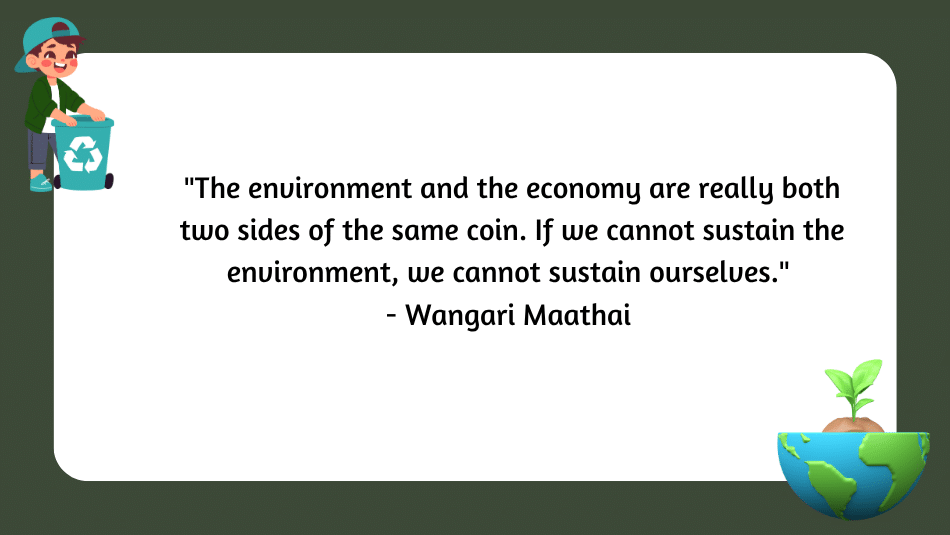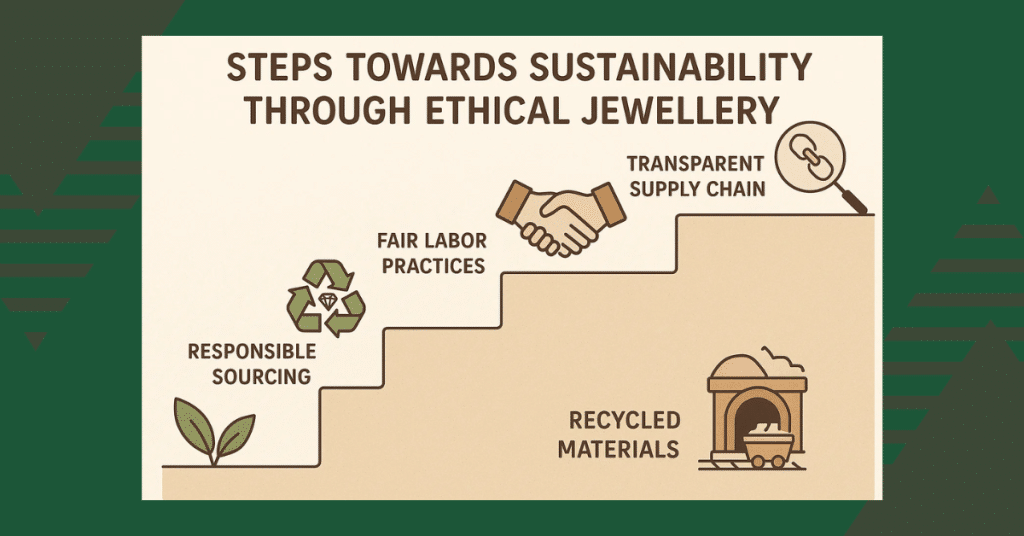The city has long been seen as a place of concrete, consumption, and carbon emissions. Yet, a new generation is rewriting the urban narrative. Meet the urban millennials – a cohort of city dwellers who are not just living in the metropolis, but are actively working to make it more sustainable, one eco-conscious choice at a time. Sustainable city living is therefore, no longer just a niche trend among urban millennials; it’s a vital movement shaping the future of city life. Amidst busy streets and towering buildings, millennials are leading a green revolution, finding ways to shrink their carbon footprint, leverage technology for good, and foster thriving eco-communities.
“Sustainability is not just about adopting the latest energy-efficient technologies or turning to renewable sources of power. Sustainability is the responsibility of every individual every day.” – Joe Kaeser
Sustainable city living focuses on creating urban environments that are environmentally responsible, socially equitable, and economically viable for current and future generations. This involves integrating various practises like efficient public transport, renewable energy, green spaces, and waste reduction strategies to minimise the city’s environmental footprint and enhance the quality of life for its residents.
Why Sustainability Matters to Millennials?
Millennials are a “conscious” generation, shaped by a world of climate change headlines and easy access to information. They’re more than just consumers; they are values-driven individuals who vote with their wallets. This generation is fuelling the growth of ethical brands, favouring companies that priorities environmental stewardship and social responsibility. For them, sustainable city living isn’t a trend, but a core value. Their choices reflect a shift from material accumulation to a lifestyle of purpose, where experiences and conscious consumption take precedence.
Millennials are often at the forefront of social change, and sustainability is central to their ethos. Three key factors fuel this commitment:
- Climate Awareness: Having grown up with news about climate change, urban millennials feel an acute sense of responsibility to the environment.
- Desire for Impact: This generation values choices that contribute to societal good, whether shopping with ethical brands, minimising waste, or advocating for green policies.
- Urban Environmentalism: Living in cities exposes millennials to pollution and resource waste firsthand, fuelling their motivation for urban green living.
Challenges of Green Living in Urban Spaces
Living green in a busy city presents its own set of challenges. Limited space, high energy use, and often a disconnect from nature can make an eco-friendly lifestyle seem unattainable. Urban areas are responsible for a large share of global energy consumption and emissions, and the pressure on resources is ongoing. The idea of having a vast garden and composting might not be practical, but urban millennials are discovering smart solutions to overcome these hurdles.
Despite passion and intent, sustainable living in cities presents unique hurdles:
- Limited Space: Many urban dwellers rent small apartments with little room for gardens or storage for bulk, low-waste shopping.
- Resource Constraints: Access to recycling centres or compost facilities may be limited.
- Cost Perception: There’s a common belief that eco-friendly products and sustainable living require higher spending.
- Community Barriers: Dense urban environments can hinder sharing economies, green initiatives, and awareness campaigns.
Yet urban millennials are meeting these challenges with creativity and community-driven action.
Urban Innovations: Rooftop Farms & Vertical Gardens
The urban landscape is a canvas for innovation. When land is scarce, we look up. Urban green design is transforming city skylines with stunning rooftop farms and vertical gardens. These innovations aren’t just for show; they’re vital for a greener future. Rooftop gardens insulate buildings, manage stormwater runoff, and provide fresh, locally grown produce. Similarly, vertical farms use advanced technologies like hydroponics to grow food in stacked layers, conserving water and space while bringing fresh food closer to home. These projects are a testament to the fact that green spaces can flourish even in the densest urban environments.
Green spaces are vital to sustainable cities. Urban millennials, architects, and community groups are cultivating:
- Rooftop Gardens: Apartment buildings in cities like New York, London, and Singapore now host vegetable gardens and pollinator-friendly plants on rooftops. These spaces provide fresh produce, improve air quality, reduce urban heating, and offer mental health benefits.
- Vertical Gardens: Innovative walls teeming with greenery can be installed on building exteriors and interiors without taking up precious ground space. Not only do they beautify otherwise drab walls, but they also naturally insulate buildings and filter air.
Case Studies:
- London boasts several notable rooftop gardens, offering unique green spaces and city views. Some popular examples include the Sky Garden, the Garden at 120, Crossrail Place Roof Garden, and the Queen Elizabeth Roof Garden. These gardens provide a variety of experiences, from exotic plants and breathtaking views to tranquil spaces for relaxation.
- Brooklyn Grange in New York is also one of the world’s largest rooftop soil farms, producing tens of thousands of pounds of organic produce annually while serving as a community hub for green learning and events.
How to Reduce Your Footprint in a City
Making a difference doesn’t require a radical life change—it starts with small, mindful choices. To reduce a city’s environmental footprint, several strategies can be implemented, including promoting sustainable transportation, improving energy efficiency, managing waste effectively, and encouraging green spaces. These actions can collectively minimise greenhouse gas emissions, reduce pollution, and enhance the overall sustainability of urban environments.
Even in the busiest city, every millennial can adopt low-impact habits for a more sustainable lifestyle. Here’s how to reduce your carbon footprint in the city:
1. Optimise Your Commute
Many are opting for eco-friendly commuting. Ditch the car and embrace public transit, cycling, or walking. For longer distances, explore car-sharing services or electric vehicles.
- Public Transit: Favour buses, subways, or trams over driving. Most cities in the UK now have greener buses, make use of them.
- Active Transport: Walk or cycle whenever possible. Cities increasingly invest in safe bike lanes and pedestrian-friendly zones. You can higher bicycles in the heart of London.
- Car-Sharing: If you must drive, consider car-sharing or electric ride-hailing apps. Some workplace car parks offer lovely perks for those that car-share.
2. Adopt a Plant-Forward Diet
- Choose plant-based meals more often. Urban areas offer a wealth of vegan and vegetarian cafes, as well as farmer’s markets and local producers.
- Cut food waste through meal planning, proper storage, and using apps that connect consumers with discounted surplus food. Such apps include: Too Good To Go, Olio, Karma, Flashfood, Nosh and NoWaste.
3. Reduce, Reuse, Recycle – Rethink
Start a small-scale composting system for your kitchen scraps, or find a community garden that accepts compost donations. Be a recycling champion and educate yourself on your city’s specific rules.
- Cut down or stop plastic use with reusable totes, water bottles, and coffee mugs.
- Support zero-waste stores and local grocery stores, which allow for packaging-free shopping.
- Take part in city recycling programmes, but also stay informed about what your local council actually recycles.
4. Support Local, Ethical Brands
Be mindful of your consumption. Support local farmers’ markets and businesses with sustainable practises. When it comes to your closet, embrace sustainable fashion by choosing high-quality, ethically made clothing and exploring second-hand options. Bio-jewellery is rising! A perfect example of sustainable fashion is bio-jewellery, which uses organic, recycled, or ethically sourced materials. It’s not just a beautiful accessory; it’s a statement about your commitment to conscious living and ethical craftsmanship.
- Shop from companies that prioritises fair trade, eco-friendly packaging, and local manufacturing.
- Thrift, swap, or upcycle clothing instead of buying new fast fashion items.
5. Conserve Energy and Water
- Invest in LED bulbs, smart plugs, and energy-efficient appliances.
- Limit water usage with shower timers, low-flow fixtures, and turning off taps when not in use.
Tech Tools for a Sustainable City Living
Technology isn’t just a part of the problem; it’s also a crucial part of the solution. Today, a new generation of apps and smart devices makes sustainable city living easier than ever. From smart home systems that optimise energy use to apps that help you find nearby recycling centres or share a ride. Technology is empowering urban dwellers to track their impact and make more informed decisions. These tools act as a personal guide on your journey to a more sustainable city life.
Thanks to technology, urban millennials are now empowered to be green stewards in everyday life. Top tech tools include:
- Sustainable Shopping Apps: Apps like Good On You and DoneGood help identify ethical brands.
- Local Produce Locators: Farmstand and similar platforms show farmer’s markets and local food vendors.
- Shared Mobility: Apps like Lime, Bird, or Citi Bike rent out bikes and scooters by the minute.
- Energy Monitors: Smart plugs and home assistants track usage, providing insights and reminders to unplug devices.
- Community Connector: Apps such as Nextdoor, Olio, and Buy Nothing foster borrowing, sharing, and swapping among neighbours.
Final Thoughts: Your Role in the Urban Green Revolution
Sustainable city living for millennials isn’t just possible, it’s impactful. The rise of this urban green movement, spearheaded by urban millennials, is more than just a trend; it’s a powerful shift in consciousness. By embracing innovations like rooftop farms, making mindful choices in fashion and consumption, and using technology to their advantage, city dwellers are proving that a green life and a great city life can be one and the same. It’s a movement that you can be a part of, proving that every choice you make has the power to shape a more sustainable, vibrant, and green city for everyone. Whether you’re swapping clothes, sharing rides, or volunteering with local gardens, you’re part of the movement redefining what it means to live well in the urban age.
Ready to make your city greener? Start today. Your actions are the seeds of a sustainable future.







